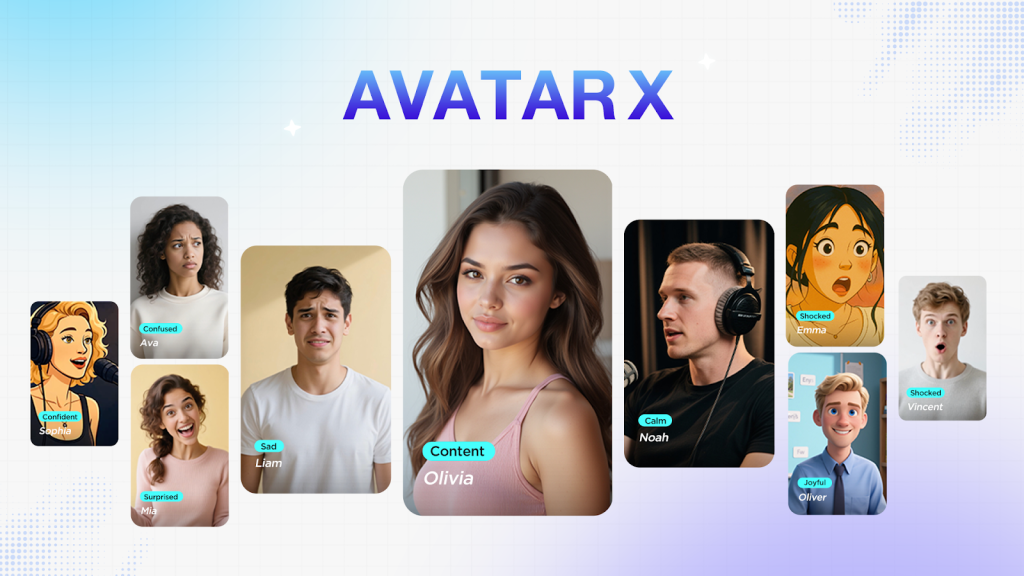It’s in the middle of a Champions League game, and you’re in the middle of a cliffhanger moment. The crowd is ecstatic, and out of nowhere, something catches your attention —“Next Goal Scorer: Haaland +300.” It’s not just a mindless advertisement; it’s an attempt to engage you in a manner that goes beyond betting. Bookmakers aren’t just idly waiting for matches to finish anymore. They are trying to be the very core of the game, using your device, one digital banner at a time. And those banners are pretty hard to ignore.
Real-Time Audience Targeting
The problem is that not every viewer is seeing the same advertisement, and that’s the whole point. Based on your physical location, device, and your previous betting habits, even the best betting site (in Turkish: en iyi iddaa sitesi) can tailor banners that feel oddly personal. Bookmakers can use real-time betting audience segmentation. It’s as if every banner is made uniquely for every individual viewer based on their actions in the given moment.
Picture yourself in London, phone in hand, streaming a match while the skyline drifts past. You always chip in a few quid on whoever you think will bag the next goal. Suddenly, a bright pop-up offers eye-popping odds on the Next Goal market, and you hesitate only a heartbeat before swiping to accept. Meanwhile, folks in Madrid are nudged with extra cash on a quick halftime play. These messages aren’t random- they hug your habits, dial up the thrill, and quietly steer you toward the wallet.
Placement in Broadcasts
Digital ads and banners don’t just pop up anywhere; marketers carefully tuck them into spots they know people scan every day. The goal is to grab your attention even when you don’t realize it.
Here is the primary focus of such advertising:
- Virtual pitch-side boards: These are displayed on international broadcasts and are often region-specific, digitally inserted.
- Live stream overlays: These float gently on your screen during essential moments of the match.
- In-app screens: For sportsbook applications, banners become an integral part of the stream window.
- Augmented halftime breaks: Ads blend at pauses with player stats or replays, seamlessly integrating as though they belong.
Each of the above placements aims to curate a bespoke experience where the ad feels as if it were part of the program all along. The advertising is instantaneous and seamlessly integrated into the action, prompting you to consider the desired action instantly.
Types of Banner Messaging
Every ad banner on a betting site looks like it spilled right out of the chat box. One slot screams Buy Now in lava-red, another whispers Come Take a Peek in soft sea-green. Flashy buttons grab your eyes, while calm brown text wraps around you like an old sweater. Live video lets the bookmaker swap words, colors-even full photos-the instant you hover a mouse; a sudden goal flashes, a club swing rattles the bar, or a last-second save sparks a roar.
This trick isn’t some tired roadside sign glued up for weeks. It breathes every frame, and reloads when fresh stats arrive. Picture a scoreless match, then a shock red card or a lightning-fast break sends the ball racing toward the net. The screen swaps language the moment the whistle blows. Odds, images, and a little countdown slide into new corners. Instead of the usual Bet Now, the sportsbook chats at the same dizzy speed you feel in the stands.
Odds Updates and Live Bets
You steal a quick look at your phone and see sixty-seven minutes have somehow disappeared. One squad charges toward the net, and, swear to goodness, you feel a goal in the air. Out of nowhere, a bright alert jumps on-screen: Next Goal-Team A +180. The notification no longer reads like a random pop-up; it feels as if the odds checked your heartbeat and sprinted to catch up. Put simply, that rush is live betting numbers twitch with every burst of action and dangle fresh rewards just out of reach.
Those pint-sized pop-up notices sure aren’t sleepy banners on a loop. They are tidy lines of code thumping in rhythm with the match. The odds flip the moment possession swaps, a defender slips, or the star dribbler limps off. Each new wave of pressure cracks the door for one more ticket. Because the line pulses with every heartbeat, a friendly urgency sweeps through the room. A nearly hidden voice whispers, You’d better grab this before it slides away.
Promotional Offers and Free Bets
A few ads rush you to the exit, yet most stop for a second to show why the deal is worth your time. Unexpected pop-ups slide in like secret doors during a quest, promising free gear if you linger for one more fight. They don’t appear by accident. Every alert matches a key moment, gently tugging your feelings so you tap Next and push on to the level.
While you are in a match, regular promo banners show:
- “Bet £10, Get a £5 In-Play Free Bet” — often triggered after kickoff.
- “Double Odds if Your First Goalscorer Nets Again” — especially during strong individual performances.
- “Risk-Free In-Play Bet if It Ends 0-0” — targeted during slow or scoreless games.
- “Live Bet Insurance on Red Card Markets” appears when fouls and tension rise.
There’s a purpose behind these promos, and that purpose is to resonate with the emotional investment people have in the game. For bettors, these promos seem more like a benefit rather than a distraction.
Regulation and Compliance
You can’t just throw a flashy banner on your screen and hope people think you’re brilliant at marketing. Every sportsbook that runs ads during a broadcast steps into a thicket of laws, and those rules shift depending on the channel, the audience, and the bonus being pushed. Even MelBet, when it posts on MelBet Instagram Türkiye, has to watch its step during a live stream. Some countries let mild visibility slide; others order an immediate stop. It’s not only the wording; it’s the timing, the target crowd, and whether the pitch is even legal while the game is happening.
Let’s explore how this works in some key markets:
|
Country |
Key Rule for In-Match Banners |
Enforced By |
|---|---|---|
|
UK |
No ads targeting minors; strict limits on live odds promotion |
UK Gambling Commission |
|
Australia |
Banners are banned during live sports broadcasts before 8:30 PM |
Australian Communications Authority |
|
Germany |
In-play betting ads are restricted to licensed platforms only |
Joint Gambling Authority (GGL) |
|
Italy |
All betting-related ads are banned during sports broadcasts |
Italian Communications Authority (AGCOM) |
These are not merely red tape; they impact when and how banners are created and displayed.
Influence on Viewer Behavior
What makes digital banners so powerful-or brilliant, depending on who you ask-is their timing. You’re deep in the game, heart racing, and out of nowhere, the banner appears just as a key goal is about to be scored or right after a huge play. It doesn’t feel like advertising; it feels like some smart tech reading the moment and nudging you exactly when the buzz is at its peak.
Digital in-play ads can spike live betting activity by 20% to 30% based on timing. That’s not a coincidence—it’s engineering. These banners are designed to activate a mental trigger that screams, “Now is the optimal time.” For bookmakers, it is pure gold. For viewers, the line between the game and the wager.
Shaping the Viewing Experience
Digital ads don’t wait for a slow moment; they jump in the split second that the play eases. Each replay nudges you to wager, and every swing in momentum urges you to click, whether a loud logo or a shy brand, those bright pixels follow the game’s rhythm. Once you spot them, their hum sticks around like a phantom commentator.
You quit drifting and begin weighing every scene for an opener of your own. A hard tackle, a quick corner, even a lightning-fast sub now blinks like a green traffic light.
They don’t just follow the action—they push you to act.























